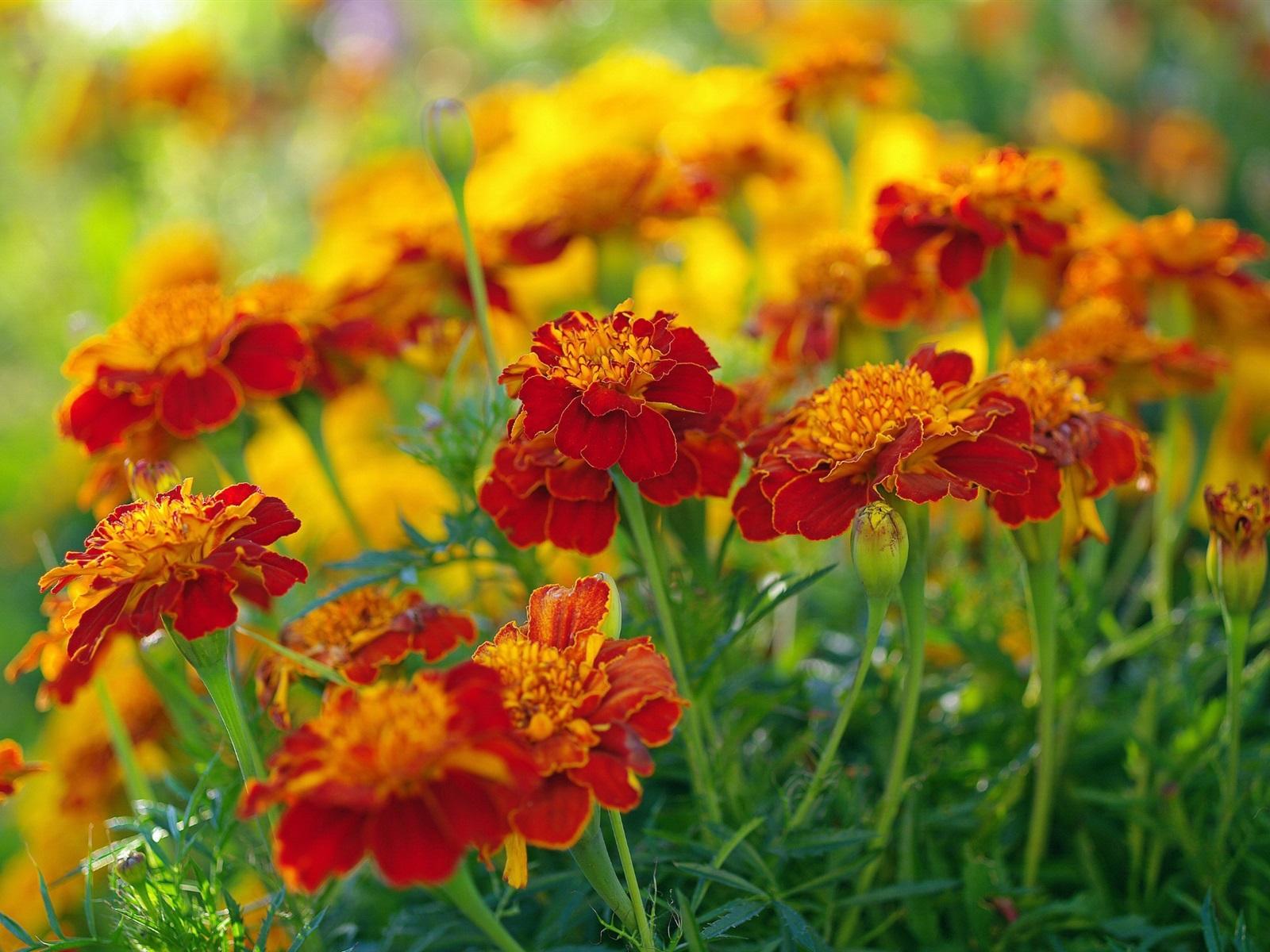Apodanthaceae is a fascinating family of plants that have a unique and intriguing story. These plants are often referred to as “vampire plants” because of their parasitic nature. Unlike most plants, Apodanthaceae lack chlorophyll and cannot produce their own food through photosynthesis. Instead, they attach themselves to the roots of other plants and extract nutrients from them.
What’s even more fascinating is that they have evolved to be extremely tiny and have lost many of the typical features and structures found in plants. They are often only a few millimeters long and may have reduced leaves or none at all. Some species even lack roots and rely solely on their host plant for survival.
Despite their parasitic lifestyle, Apodanthaceae have managed to adapt to their environment and thrive in various ecosystems. Their unique adaptation and survival strategies make them a captivating subject for botanists and plant enthusiasts alike.
Picture
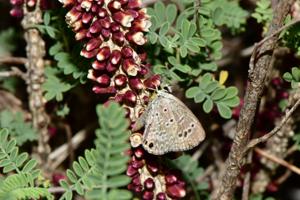
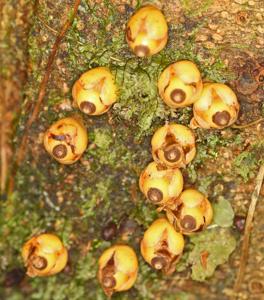
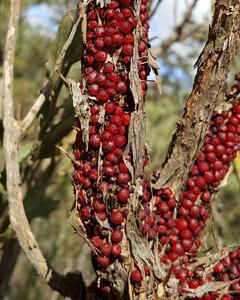
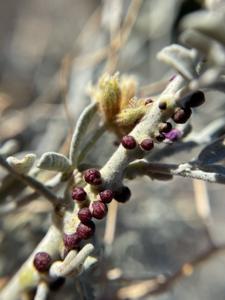
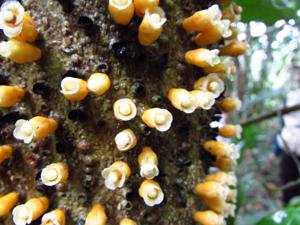
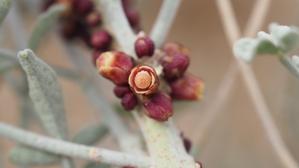
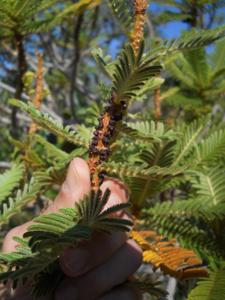
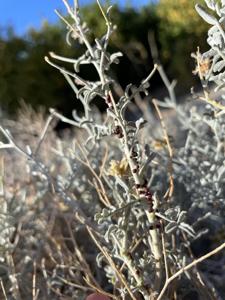
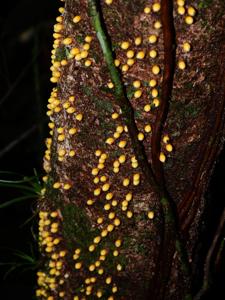
Plant some seeds now!
Short Description
The family Apodanthaceae comprises about 10 species of endoparasitic herbs. They live in the branches or stems of their hosts (as filaments similar to a fungal mycelium), emerging only to flower and fruit. The plants produce no green parts and do not carry out any photosynthesis (that is, they are holoparasitic). There are two genera: Pilostyles and Apodanthes. A third genus, Berlinianche, was never validly published. Mitochondrial and nuclear DNA sequences confidently place the Apodanthaceae in the Cucurbitales, where they also fit well in terms of their flower morphology. The native range of Apodanthes is restricted to Central and tropical South America, while Pilostyles has a much wider though disjointed native range, encompassing many countries in tropical and subtropical America, a section of Africa from Gabon to Tanzania and down to Zimbabwe, as well as Turkey, Iran, Iraq, and Western Australia.



